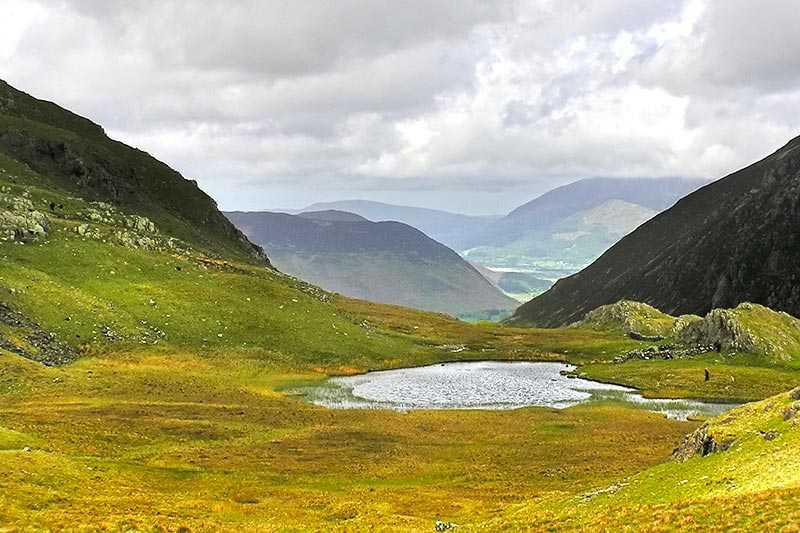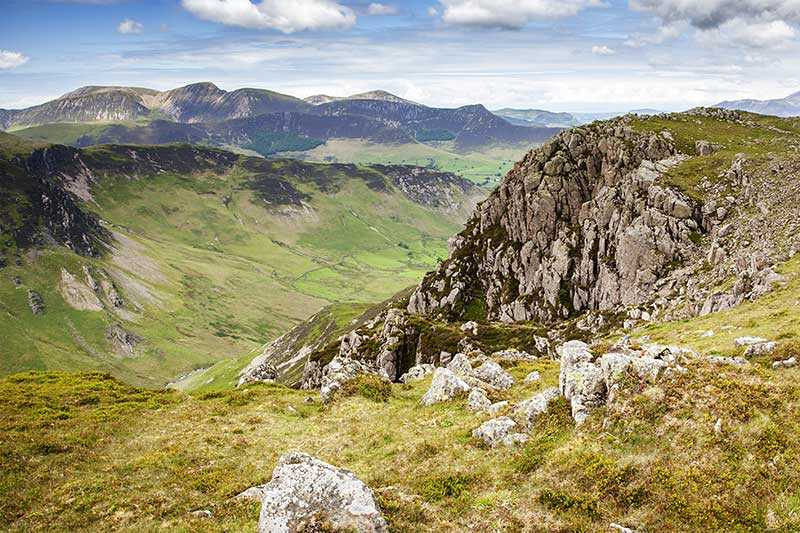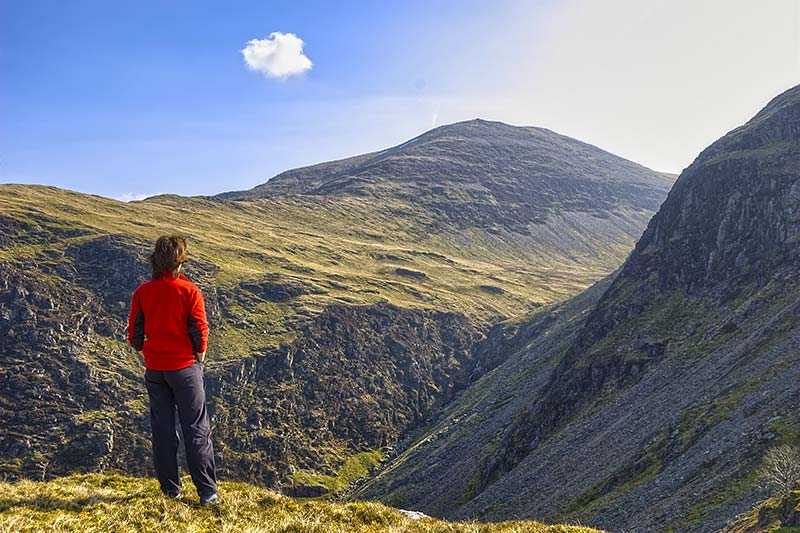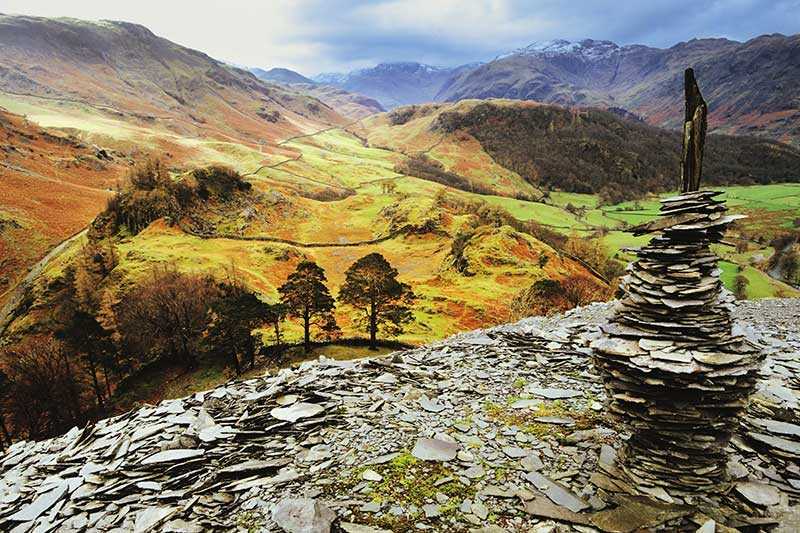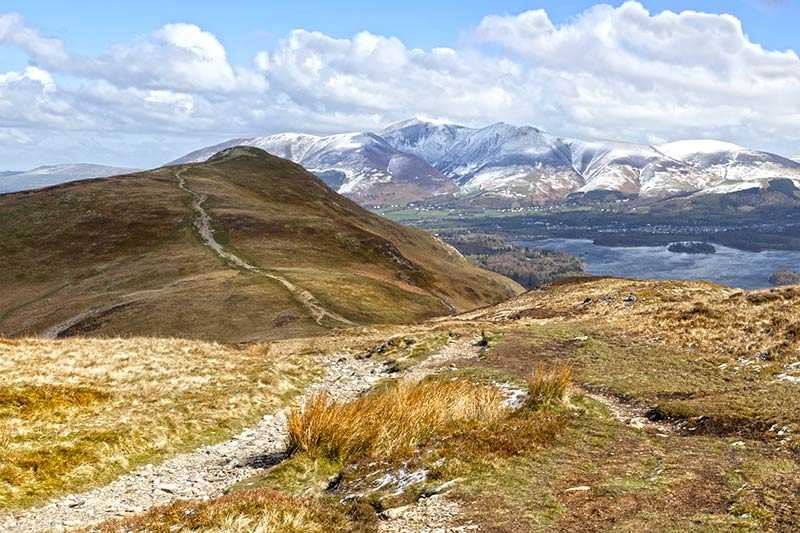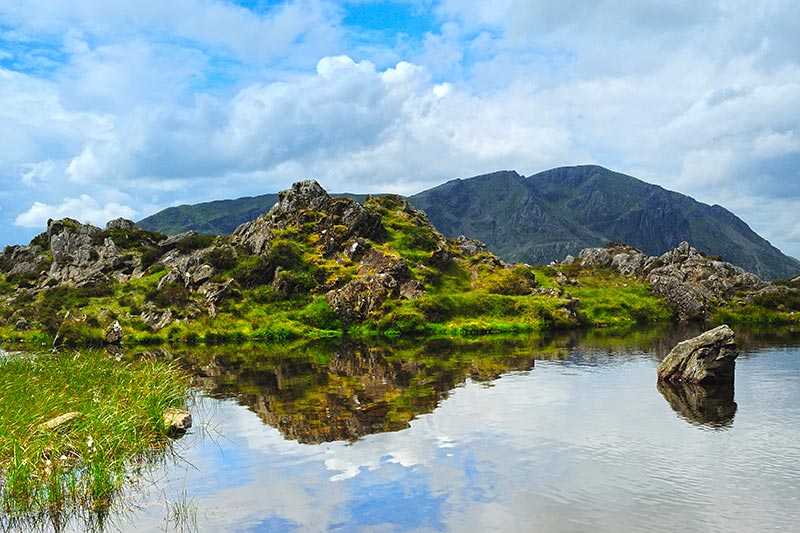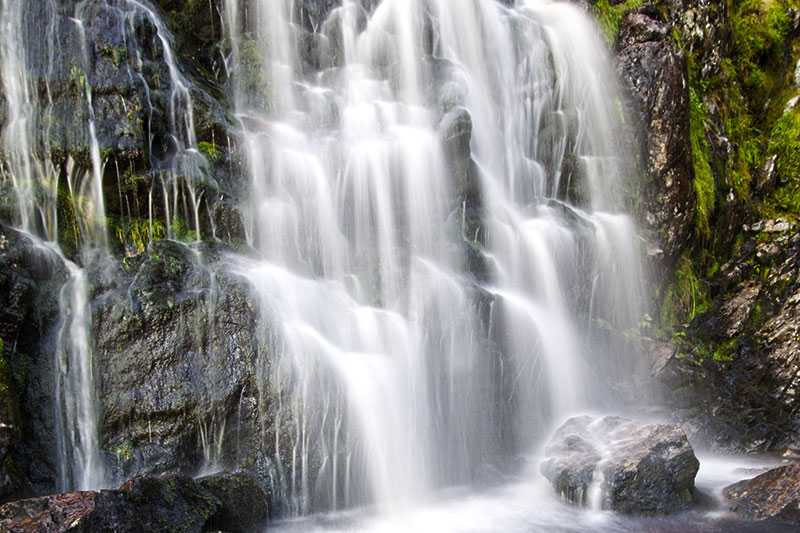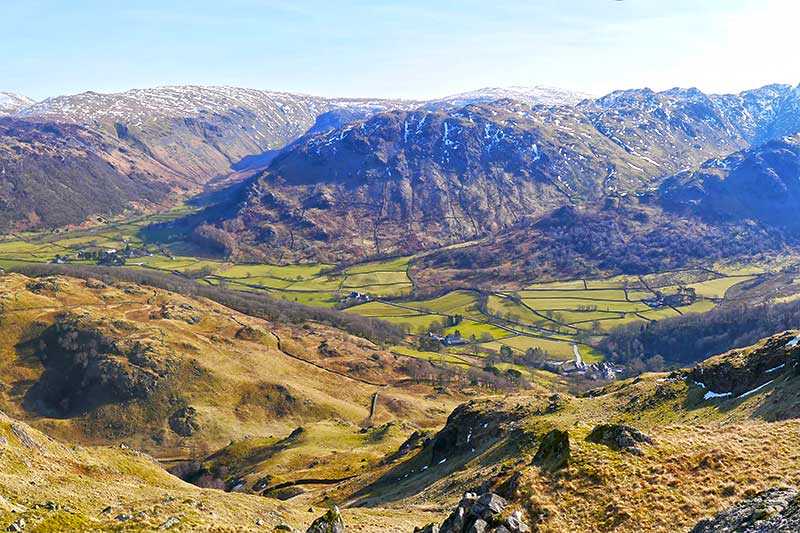Dale Head
About Dale Head
Dale Head has an elevation above sea level of 753 m (2,470 ft) and its prominence is 397 m (1,302 ft). It is listed as a Hewitt, a Marilyn and a Nuttall; and of course was...
About Dale Head
Dale Head has an elevation above sea level of 753 m (2,470 ft) and its prominence is 397 m (1,302 ft). It is listed as a Hewitt, a Marilyn and a Nuttall; and of course was singled out by Wainwright as one of his 214 fells. Its parent peak is Great Gable and it stands due north of Honister Pass, the road between Borrowdale and Buttermere. Its name derives from its positi...
Things to do near Dale Head
Rock Climbing in Keswick
Canoe on Derwent Water
Climb in the Mine
Canoe River Trip
Paddle Boarding on Derwent Water
Ghyll Scrambling Water Adventure in the Lake District
Ultimate Full-Day Lake District Tour: 10 Lakes, Amazing Scenery & Lake Cruise
Kayak on Derwent Water
Private Sail and Dine Experience on Lake Windermere
Private Yorkshire Dales from Windermere in a 16 seater Mercedes
8 Lakes in a Morning
Private Sailing Experience on Lake Windermere
Lake District Walking Tour
Private Sailing Experience on Lake Windermere
Ultimate Full-Day Lake District Tour: 10 Lakes, Amazing Scenery & Lake Cruise
Private Lake District Tour: Ten Lakes Spectacular
Ultimate Full-Day Lake District Tour: 10 Lakes, Amazing Scenery & Lake Cruise
Private Family Bird of Prey Experience in Carlisle
Attractions near Dale Head
Activities
About Dale Head
About Dale Head
Dale Head has an elevation above sea level of 753 m (2,470 ft) and its prominence is 397 m (1,302 ft). It is listed as a Hewitt, a Marilyn and a Nuttall; and of course was singled out by Wainwright as one of his 214 fells. Its parent peak is Great Gable and it stands due north of Honister Pass, the road between Borrowdale and Buttermere. Its name derives from its position at the head of the Newlands Valley.
The northern flank of the fell is scarred with crags, the main two being Dalehead Crags and Great Gable (not to be confused with the fell of the same name). The southern slopes are much gentler with outcrops of rock to either side. The summit is marked by a cairn which stands on the very edge of the northern face. All major Lakeland fells are visible from here, with the exception of the High Street group which is only partially seen.
Climbing Dale Head
One of the most common routes of ascent begins from the summit of Honister Pass, by the car park and Youth Hostel at Honister Hause. A footpath runs alongside a fence up the fellside to the summit. It is also often climbed as part of a circuit of the Newlands Valley, along with Hindscarth, Robinson and High Spy.
